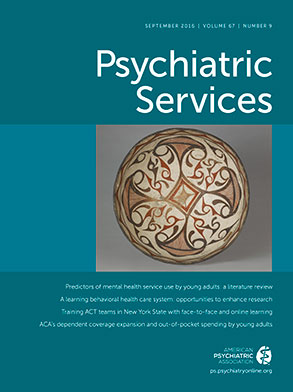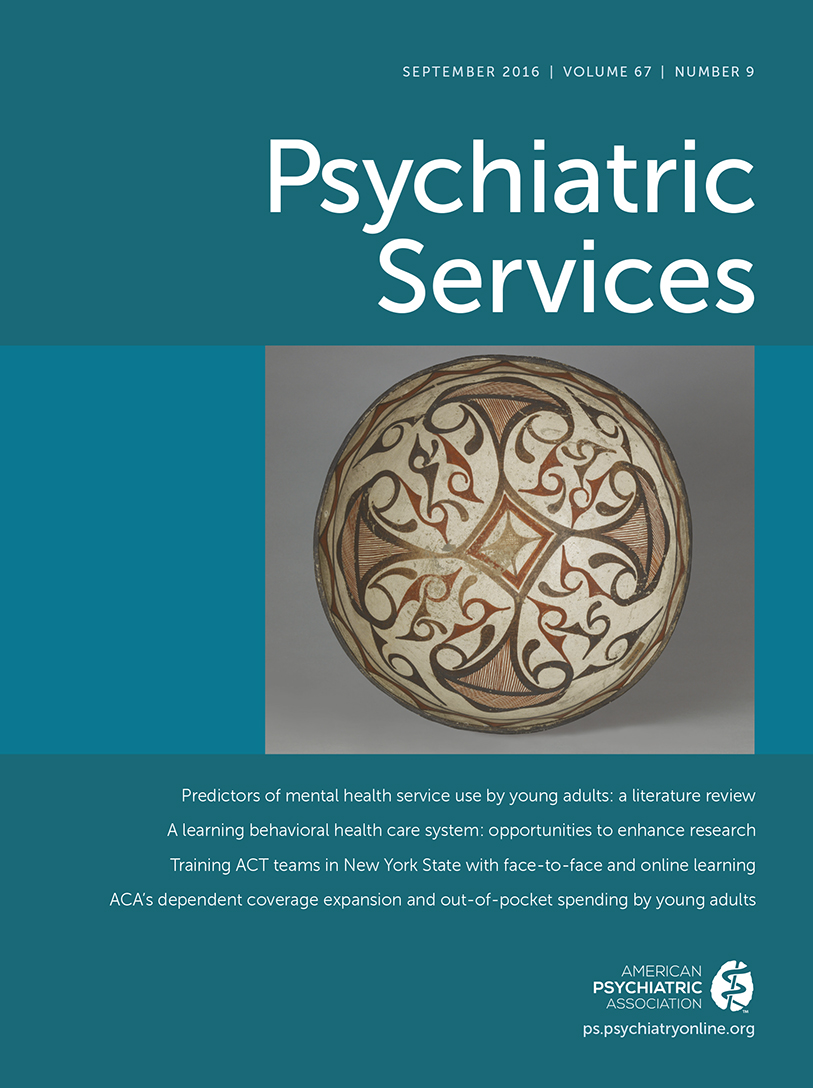Although attention-deficit hyperactivity disorder (ADHD) in childhood was first recognized in DSM-II as hyperkinetic reaction of childhood almost 50 years ago, DSM-5 is only now describing the signs and symptoms of ADHD in adulthood, and recent studies have further defined adult ADHD. Decades of studies have documented the significant cognitive and social deficits associated with ADHD, with increased risk of such negative outcomes as academic failure and justice involvement and worse employment outcomes in adulthood. ADHD is fairly common—diagnosed among 11% of children and 4% of adults—and effective treatments, such as stimulant medications, exist. However, a major concern in psychiatric services generally is the failure to identify mental health conditions and poor dissemination of effective treatments. Thus it is with this historical lens that the study by Oehrlien and colleagues in this issue highlights important national trends of increases in ADHD diagnosis and treatment practices in the United States over a 12-year period. By presenting these findings as a comparison between ADHD care for children and adults, this study also allows us to identify potential gaps in services for persons with ADHD and compare characteristics of care for children and adults.
Oehrlien and colleagues examined 1999–2010 data from the National Ambulatory Medical Care Survey (NAMCS) and the National Hospital Ambulatory Medical Care Survey, two nationally representative data sets of outpatient visits in the United States. A study by Hoagwood and colleagues, published in 2000, that assessed child ADHD treatment trends in NAMCS data from 1989 to 1996 similarly reported increases in ADHD diagnoses during that period, with the highest increase from 1989 to 1993.
Oehrlien and colleagues found an increase in the proportion of outpatient visits with an ADHD diagnosis among both children and adult populations, with a more rapid increase for adults compared with children. Emerging awareness of this disabling disorder among adults and growing evidence of the efficacy of stimulant treatment for ADHD in this population may have contributed to these findings. By 2010, the proportion of visits for ADHD was 5.2% of youth visits and .7% of adult visits, suggesting that the gap in identifying individuals with ADHD is decreasing. However, although the ADHD diagnosis rate is rising, there are scant practice guidelines for adult ADHD care in psychiatry or primary care.
In a separate analysis, Oehrlien and colleagues examined the most recent seven years of data, comparing sociodemographic and clinical characteristics between youths and adults diagnosed as having ADHD and treated with stimulant medications. Of note, the proportion of ADHD visits by females was greater among adults than among youths. If access to services played a role in these differences, females, who are underdiagnosed as children, could be presenting later in the course of illness as self-referring adults. Other findings, such as higher psychiatric comorbidity for adult ADHD visits compared with youth visits (56% versus 32%), could reflect providers’ recognition of adults with ADHD when they are more psychiatrically compromised and symptomatic. Substantial efforts by primary care providers over the past 20 years to increase detection and treatment of ADHD among children seem to be reflected in the results of this study: 67% of youth ADHD visits were to nonpsychiatrists, compared with 41% of adult ADHD visits. This finding suggests that greater efforts may be needed in training primary care physicians to detect ADHD among adults. However, among both youths and adults with a diagnosis of ADHD, about three-quarters of ADHD visits resulted in the prescription of stimulants. Thus the barriers to ADHD treatment appear to be at the point of diagnosis. However, further studies are needed to determine whether diagnoses are being made accurately and whether the broad range of treatment options is being utilized when appropriate, especially for adults.
Oehrlien and colleagues also caution about potential misuse of stimulant prescriptions, especially with the trend toward increased medication treatment of adults with ADHD. Although practice guidelines recommend careful monitoring of all patients taking stimulant medications in order to avoid misuse, research thus far has not suggested that stimulant treatment of ADHD leads to substance abuse. For example, the Multimodal Treatment of ADHD Study among youths did not demonstrate increased substance use among participants treated with stimulants; however, comorbid substance use disorders did not improve with ADHD treatment. Clearly, individuals with ADHD, and especially those with conduct disorder plus ADHD, would benefit from prevention of substance use disorders as part of their overall treatment.

